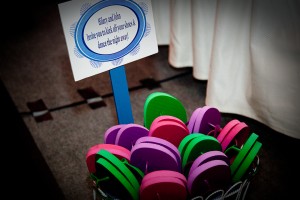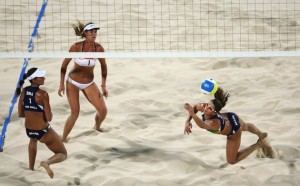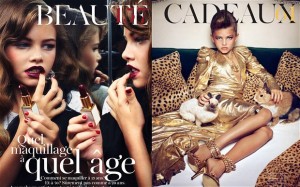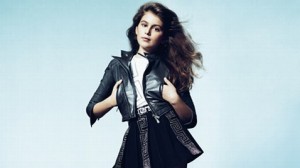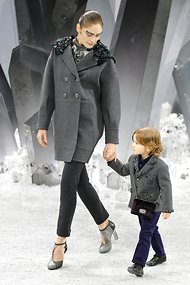This first appeared on Moms Team Blog (The Trusted Source for Sports Parents) on April 9, 2012 as part of April's National Youth Sports Safety Month. To read it on their website click HERE.
As a sociologist my work has focused primarily on the family and the educational system, two powerful institutions in childhood socialization.
But during the course of my previous research on competitive childhood activities as a PhD candidate at Princeton University, I learned about the ways in which a third institution, the health care system, also shapes the lives of children. This led me to pursue a post-doctoral fellowship in health policy, which I completed in 2011 as a Robert Wood Johnson Scholar at Harvard University.
With 52 million American children participating in organized youth sports, more and more kids are dealing with sports-related injuries. Recently, media attention has focused on the common injuries among youth athletes, especially overuse injuries and concussions. I have studied activities in which children get injured, such as soccer and dance, so I have seen first-hand how these injuries impact the children, alter their friendships, and often disrupt their families.
Because I am a social scientist, I come at the subject of youth sports injuries from a societal and institutional perspective. In other words, I'm curious how social structures shape the environment that leads to youth sports injuries. For instance, I write about how we got to a state of hyper-competition that leads to year-round seasons, which can lead to overuse injuries.
As a post-doctoral fellow, and now as a research affiliate at Harvard University's Malcolm Wiener Center and Princeton University's Center for Research on Child Wellbeing, I have been especially interested in how children's activities are organized by age, and how this might impact youth sports injuries. There have always been scandals in youth activities in which an athlete has lied about their true age, a subject which I not only find fascinating, but which I think might have some impact on youth sports injuries as well.
I am currently working on research about the relative-age effect and youth sports injuries. What is the relative-age effect? In his 2008 bestseller, Outliers, Malcolm Gladwell made popular a phenomenon long known to academics: the relative-age effect, whereby children born during certain months of the year have a developmental advantage over children born in other months, because of the way that schools and athletic clubs choose their age cutoffs.
Gladwell focused on NHL players, 60% of whom were born in January, February, and March. He believed that those born earlier in the calendar year have an advantage over those born in December who are almost a full year younger because they are developmentally more advanced, both mentally and physically. Hence the relative-age effect.
Older kids who excel early because of their strength are selected for All-Star teams and receive more attention from coaches. This means that younger players often self-select out, leaving the athletic realms to their older peers, never giving themselves - or being given - a chance to physically catch up (e.g. late bloomers).
The relative-age effect is real: both in sports and in academics. Just how much do I believe it? Well, when I gave birth to my first child, a boy, earlier this year I did my best to carry him until after New Year's, just in case the cut-off for any future activity in which he participates is January 1. He was born on January 4th, so only time will tell how much I influenced my future/budding athlete.
But the relative-age effect may also mean that those athletes born earlier in a calendar year, who tend to be larger and stronger, are less likely to be injured, and perhaps more likely to injure their smaller opponents and teammates. So the hypothesis we are testing is whether children born later in the year (for example, June-September, if the participation cutoff date is January 1) are more likely to be injured.
The results of our research so far are promising, but are preliminary, so it is too early to draw definite conclusions. But if the data shows a link between relative age and sports injuries, it may prompt youth sports programs to group kids by size, rather than age, not only reducing the advantage some kids have simply by the accident of when in the year they are born but reducing the number of injuries that result from bigger, stronger and more skilled players colliding with smaller, weaker, less skilled players.

![]()

